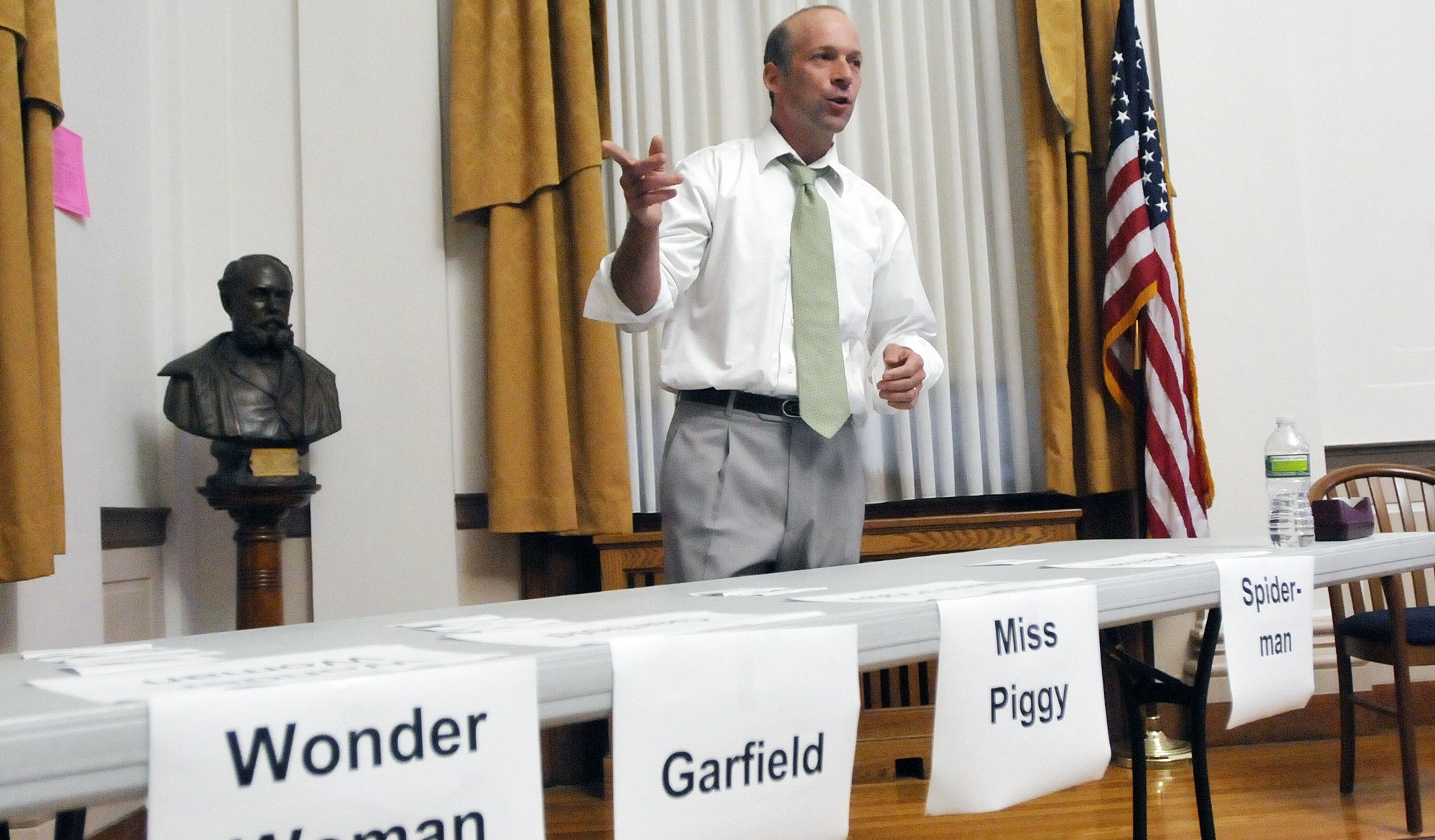From the Archives
Historical assessment of the first state-wide passage of ranked choice voting in Maine
This page is archived content. It may refer to grants or grantmaking strategies that are no longer active. For information on our current strategies, please visit hewlett.org/our-programs.

Editor’s Note: Kathy Armstrong is an independent evaluation and organizational effectiveness consultant.
After years of wrangling, this year, Maine became the first state in the country to pass and uphold ranked choice voting (RCV), which lets voters rank candidates in order of preference rather than casting a vote for just one.
As we’ve noted before, ranked choice voting offers (at least) four benefits when compared with the United States’ current system of voting for only one candidate, which sets up inherently more adversarial campaign dynamics. These benefits include:
- For voters, offering more choice. Ranked choice voting opens up a potential pathway for third parties, and also tends to increase voter turnout.
- It produces more civil campaign dynamics, as candidates are incentivized to avoid alienating voters from whom they might pick up second choice votes.
- Outcomes in RCV reflect the preferences of a majority of citizens.
- It can save money as the runoff election is imbedded in the process.
Because of these benefits, the Hewlett Foundation has been funding efforts to understand and raise awareness of this reform since 2014. The foundation also prioritizes sharing what we’ve learned to inform the field. The passage of RCV in Maine presents an important step forward in improving U.S. democracy, and for this reason, we commissioned a historical assessment by Kathy Armstrong, an external evaluator (and a Mainer herself), who has worked with the Hewlett Foundation’s Madison Initiative on U.S. democracy.
This almost 90-page historical assessment chronicles the activities and accomplishments of both proponents and opponents of ranked choice voting in Maine. Because the Hewlett Foundation is a 501(c)3 private foundation, we do not engage in, or provide funding for, legislative lobbying or ballot measure campaigns—and thus we did not design this historical assessment to identify specific recommendations for reform advocates. Instead, the intention of this assessment was to document what happened, allowing readers to draw their own conclusions regarding how this might impact their work.
While the assessment is comprehensive—and well worth a read for those of us interested in electoral systems and their impact on democracy—four findings stood out for us as particularly enlightening.
First, ranked choice voting took hold in Maine following three types of work: ground-preparing, triggering, and sustaining. Ground-preparing included studies, bills, and a lot of voter education—all playing out against the supportive backdrop of Maine’s fertile political environment and history. The election and reelection of Governor Paul LePage provided the trigger that ignited action in the form of a ballot measure. Maine voters saw ranked choice voting as a tangible solution to a salient problem: the election of polarizing candidates by a minority of voters. But after the measure passed in 2016, a chaotic period of legal challenges and administrative uncertainty followed, underscoring advocates’ need to sustain work to defend and implement a change.
Second, the experience in Maine highlighted inherent tensions that can play out among key actors associated with a proposed policy change. Campaign operatives, nonprofits, and public servants experience different sets of incentives and motivations—some highly focused on a singular, short-term goal; others more diffuse across a set of objectives and relationships necessary for successful long-term implementation. In the absence of clear structure and decision-making roles, even actors on the same side of the campaign for ranked choice voting sometimes came into conflict over actions that didn’t seem to make sense when viewed through an alternate lens.
Third, the hypothesis that those whose power derives from the current system will resist changing that system was indeed on display in Maine through various legislative challenges to the law that voters passed. However, there were a number of other motivations that played out in the behavior of elected officials after the ballot measure passed. Some were genuinely concerned about the open question of the new law’s constitutionality. Some were concerned about undermining their party’s public messaging. And still others were influenced by the natural human instinct to be less than helpful to those who make your life difficult. The specific dynamics will differ in every state, but it seems likely that the incentives of elected officials will play a part in any future advances of ranked choice voting in states.
Finally, a similar dynamic can be expected in regard to how chief elections officers react to ranked choice voting proposals. In Maine, Secretary of State Dunlap was accused by some as seeking to undermine the new law once ranked choice voting passed. But Dunlap and other elections officials are charged with safeguarding the integrity of our elections, and thus can be expected to react to proposed changes with some caution. The time pressure and level of uncertainty that swirled around the implementation of ranked choice voting in Maine certainly exacerbated this response. Elections officials may benefit from clear and comprehensive information about the administrative side of ranked choice voting—such as that provided by the Ranked Choice Voting Resource Center—wherever this reform is being considered.
